(Uttanasana): Techniques, Benefits, Variations
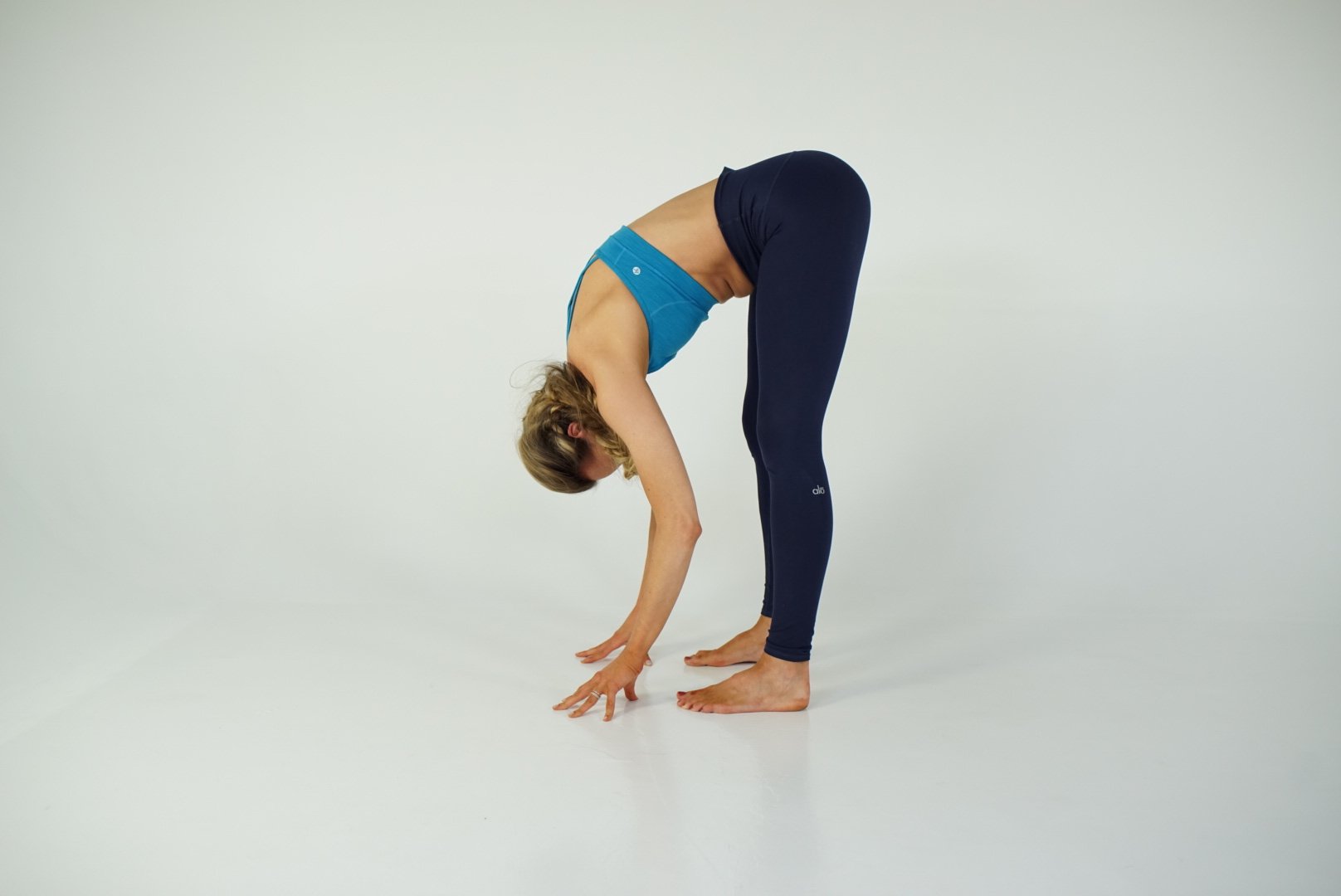
Easy Pose Prep & Practice
1
Beginning in Mountain pose (Tadasana) at the top of the mat. On an inhalation, arms sweep slightly forward and up, fingers reaching toward the ceiling, coming into Extended Standing Pose (Urdhva Hastasana). Exhale fold forward, hinging from the hips, hands or fingertips on mat or hands on blocks.
2
Heels root, calves widen and knee caps lift (leg muscles engaged). Hips in line with knees and ankles.
3
Hips firm in and back slightly, keeping outer hips engaged, hip bones point down. Abdominals hug, drawing chest toward thighs.
4
Shoulders draw down the back and away from the ears as the crown of head releases toward the floor, gaze is toward the shins.
5
Breath is steady, legs and abdominals engaged, shoulders continue to draw away from the ears as torso and head continue to release toward the floor.
6
To come out of the pose, on an inhalation mindfully rise back up to Extended Standing Pose (Urdhva Hastasana) and exhale to Mountain (Tadasana).
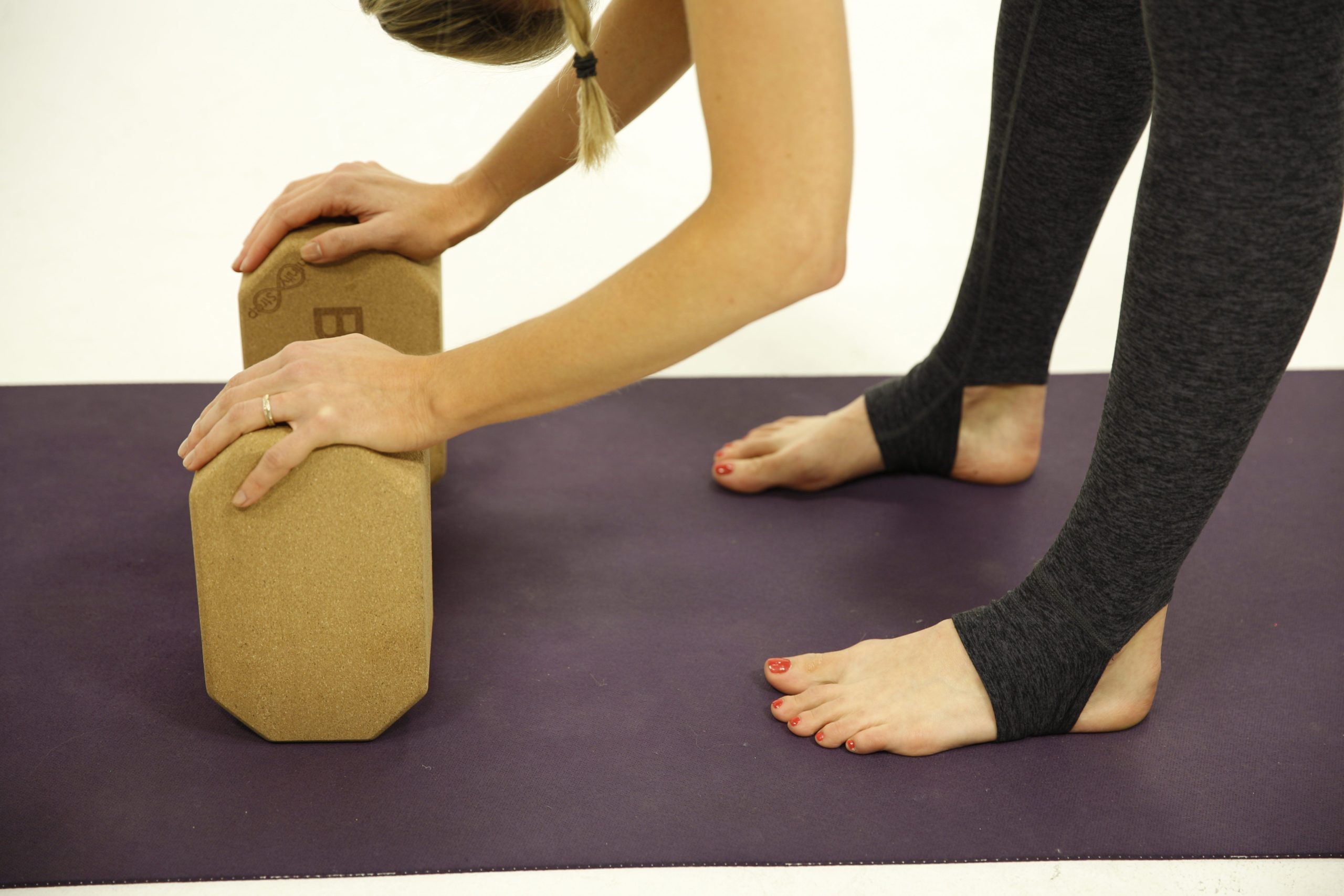
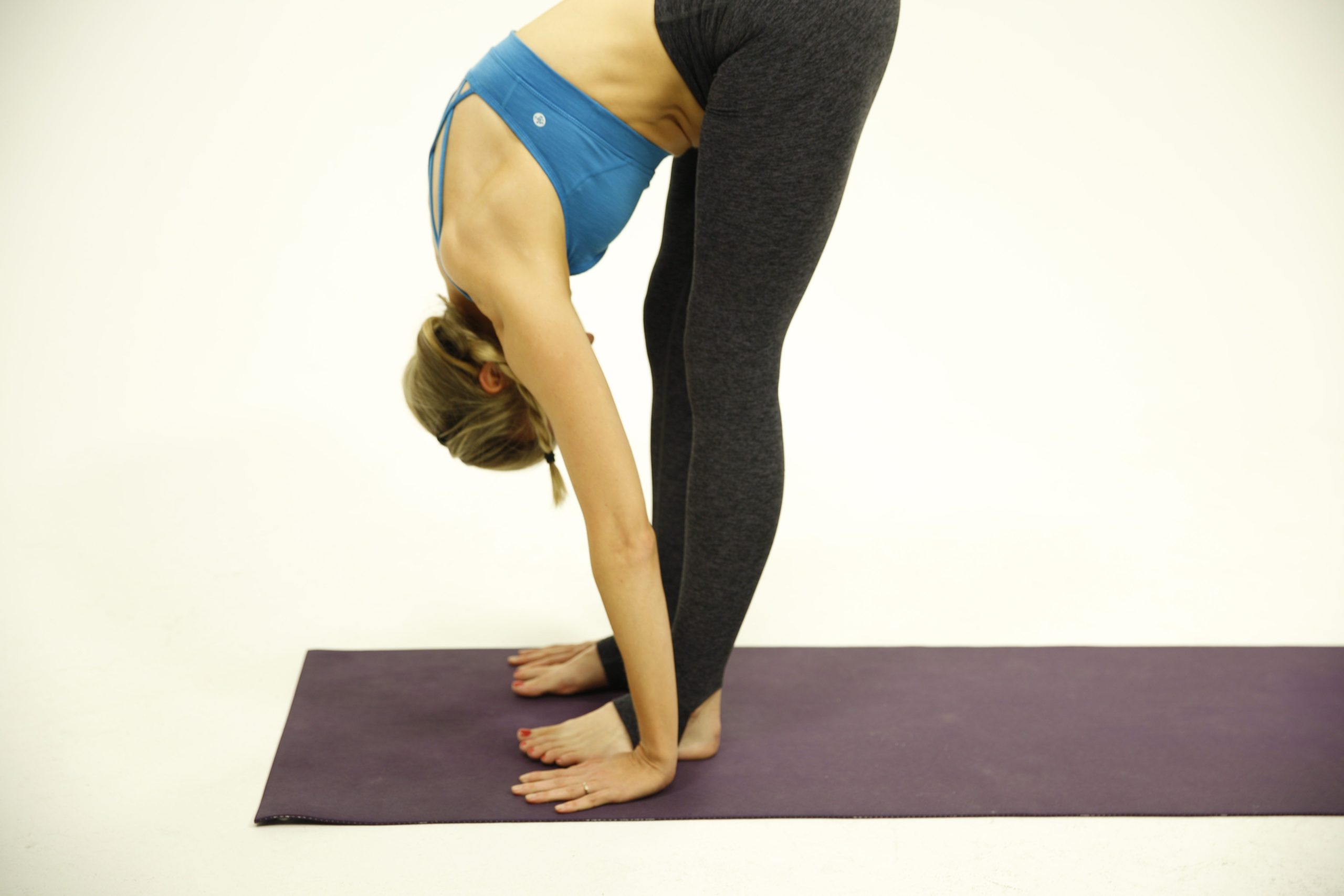
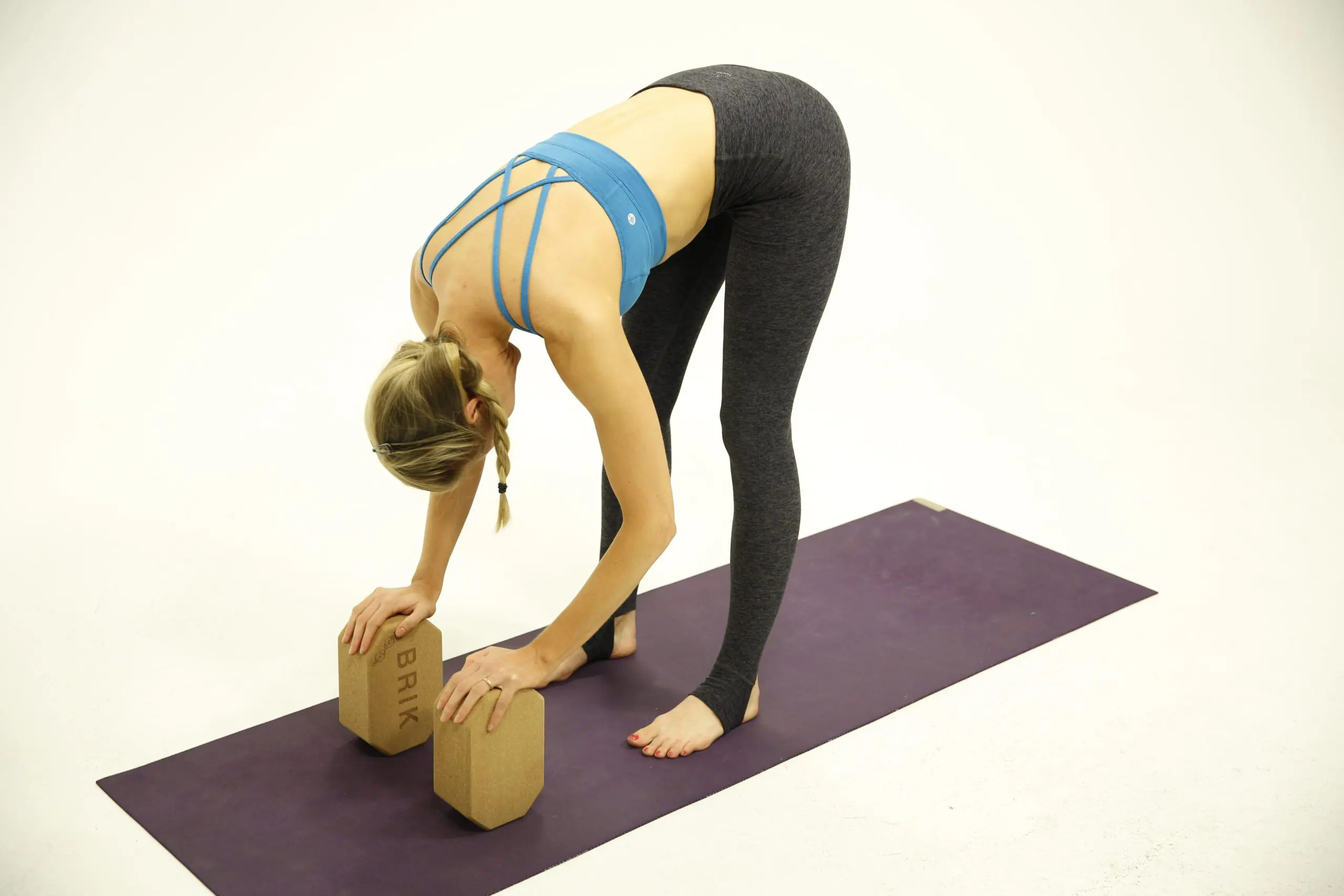
Variations/Modifications
- Bend the knees
- Practice Half Standing Forward Fold (Ardha Uttanasana)
- Take feet wider apart
- Hold onto opposite elbows
Physical, Mental and Emotional Benefits
- Stretches hamstrings lower back and spinal extensors
- Mild inversion – can reduce blood pressure and soothe headaches
- Tones abdominal muscles and organs
- Calms the mind and soothes the nerves
- Cooling and grounding
Contraindications
- Hamstring Injury
- Herniated Disc or Back Injury
- Acid Reflux
- Very Low Blood Pressure
Thoughtful Sequencing
Mountain (Tadasana), Extended Standing Pose (Urdhva Hastasana), Standing Forward Fold (Uttanasana), Half Standing Forward Fold (Ardha Uttanasana), Standing Forward Fold (Uttanasana), Extended Standing Pose (Urdhva Hastasana), Mountain Pose (Tadasana).
Try Standing Forward Fold Pose On The Blog
- Surya Namaskar: A Step-By-Step Guide to Sun Salutations (For Beginners!)
- 5 Tips For Building Creative (And Safe) Yoga Sequences
- 3 Best Types of Yoga For Beginners That Even Your Grandma Can Do [+VIDEO]
- Wanna Try Yoga for Weight Loss? Read This First [Top Yoga Poses + Video]
- What Is Asana? One Of The Most Popular Yogi Terms Explained
- Yoga for Lower Back Pain: 7 Poses That Have Your Back
- The Basics of Hatha Yoga: 10 Classic Hatha Yoga Poses
A Few Notes
If you’ve been practicing sun salutations, then you’re already familiar with this pose! A standing forward fold is regularly used in yang styles of yoga such as hatha, vinyasa and ashtanga. Variations of the standing forward fold are occasionally included in restorative sequences to integrate the benefits of an inversion into a more gentle movement practice.
Whether your hands are planted on the ground, fingers are dusting the surface, or your arms are swinging in a gentle rag doll, you will generally feel a deep stretch in the hamstrings, lower back area and neck when forward folding.
In an active-style standing forward fold, the focus is on lengthen your upper body and ground down through your feet, hands or props. In order to find that sweet spot in the fold, it’s best to use ujjayi breath, so that when you inhale you find length in the body and in the breath, and when you exhale, you can draw the navel to the spine, activating the core to help find more space in the torso and enabling you to move deeper in the pose.
Standing with your feet hip distance apart or with feet together will dramatically affect the sensation and muscle groups recruited in this pose. If the forward fold feels too deep for you, you can always bend your knees, use blocks under your hands to bring the floor closer to your hands, or place your feet hip distance apart which will create a softer sensation in the hamstrings.
Do note that a forward fold is an inversion as long as your head is below your heart. Inversion can help to decrease blood pressure, reduce headaches and generally clear the mind with their cleansing effects. Forward folds create a calming effect on the nervous system, relieving stress and literally changing your perspective.
If you feel imbalanced or dizzy when inverting, send awareness and energy to grounding the feet.
As you anatomically bow to the ground, you are linking the energies of your root and crown chakra together. Forward folds on a whole activate the sacral chakra, which is located in the pelvis, hip and sacrum area. This chakra is associated with the element of water, which is all about flow, flexibility and freedom of our creativity and sexuality.
Although your yoga teacher may use words like delicious to describe a forward fold, beginners often feel differently! The most common source of discomfort in this pose is often due to tension in the hamstrings and neck, but with time, the body will find ease and release in the shape as a by-product of the practice.
Want more yoga pose tutorials? See more in my Yoga Pose Directory.
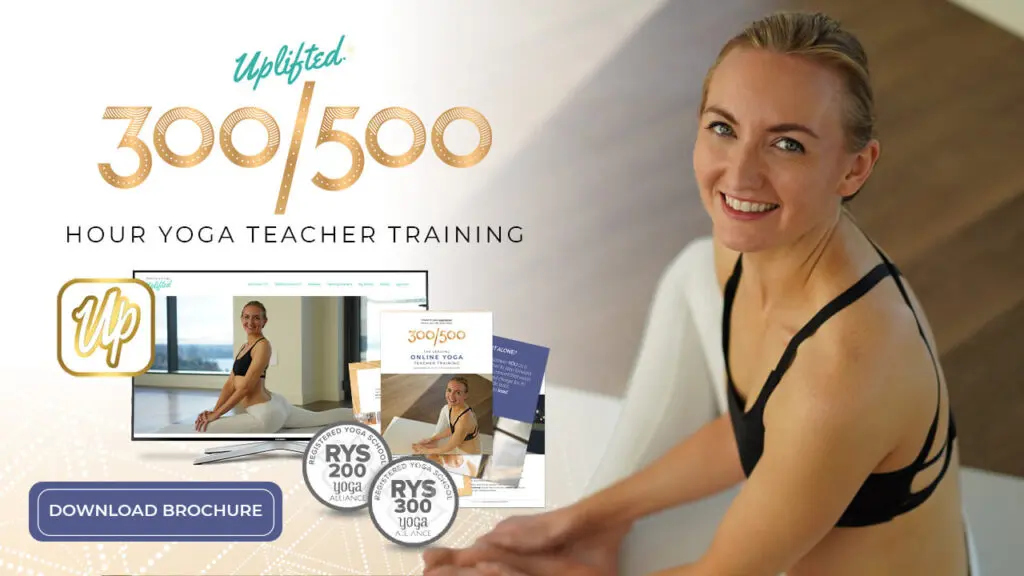
Sneak Peak into My 300-Hour YTT - FREE Videos, Info Session, Bonuses!
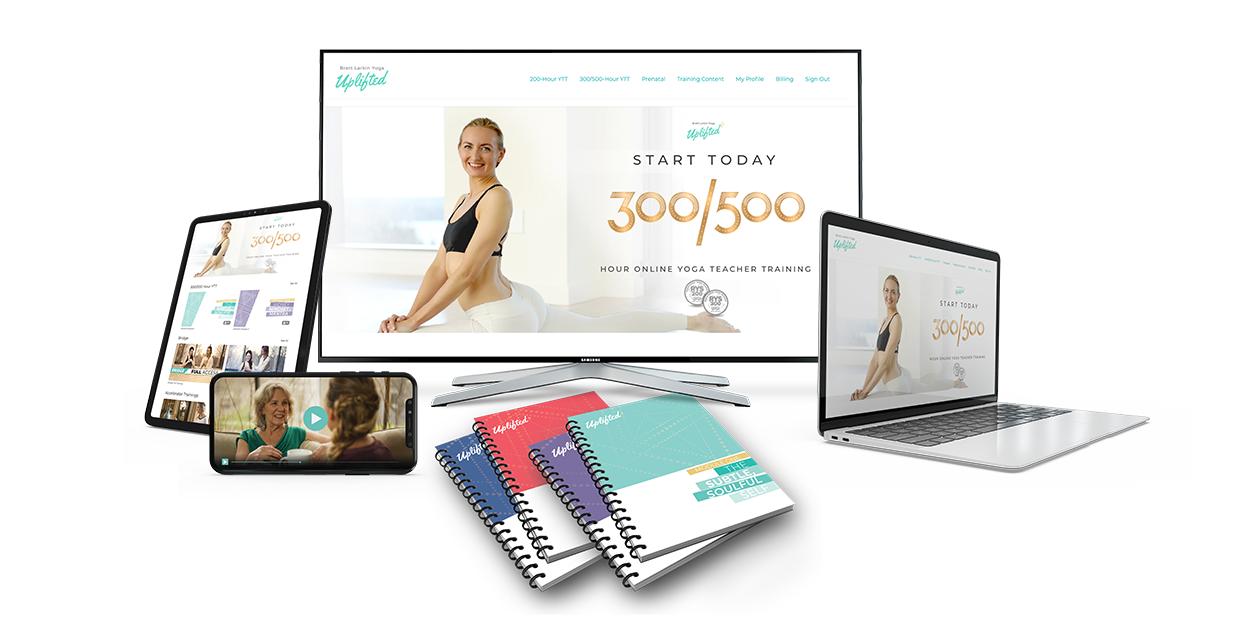
YOU MIGHT ALSO LIKE
- Somatic Yoga Workshop Ideas for Teachers
- Somatic Yoga For Yoga Teachers: Everything You Need to Know in 10 Steps
- How to Teach Somatic Yoga: A Practical Guide for Instructors
- How Much to Charge for Zoom Yoga Class: A Practical Pricing Guide
- Comprehensive Guide to Your Yoga Service Agreement
- How To Create Mindful Somatic Yoga Sequences Your Students Will Love
- What Is Mindset Coaching? A Complete Breakdown
- 5 Affordable Yoga Teacher Insurance Plans (Updated 2024)
- How To Make A Life Coaching Intake Form
- 7 Steps To Start A Life Coaching Business
- What Is A Self Love Coach? And How To Become One
- Self-Coaching: How To Become Your Own Life Coach
- Types Of Life Coaches: How To Choose Your Life Coaching Niche
- 20 Awesome Ways To Make Money As A Yoga Instructor
- Life Coach Marketing: A Comprehensive Guide For Long-Term Growth
Learn how to do 11 of the most popular yoga poses correctly. Free video + PDF download.









